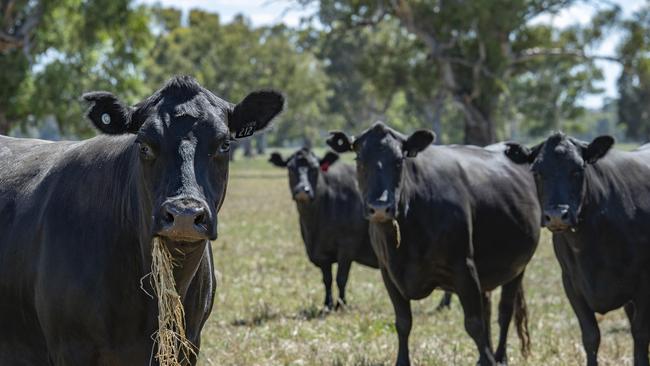Australia’s beef herd stalls as national female slaughter rate lifts
The nation’s cattle numbers are likely to flatten after the female slaughter rate rose to a critical 49 per cent in the June quarter.
Australia’s cattle herd is officially shrinking with statistics showing the national female slaughter rate has lifted to 49 per cent.
The female slaughter rate is viewed as a key marker of producer sentiment with 47 per cent considered the level where herd rebuilding stops and liquidation starts.
Figures released by the Australian Bureau of Statistics last week showed female slaughter numbers hit 49 per cent in the three months from July to September, reflecting the swing away from retaining females and the stalling of national herd growth.
Talk of El Nino and dry conditions in parts of northern NSW and Queensland have been blamed for the female turn-off, which resulted in prices for restocker heifers dropping to below 200c/kg in store sales in the past few months.
While the surge in female offerings saw the restocker heifer indicator slide to just 133c/kg liveweight during October, experts say there are signs the sell off could be flattening.
Increased competition for heifers in recent weeks has pushed the heifer indicator to 205c/kg in markets monitored by the National Livestock Reporting Service. But how this plays out in the female slaughter rate won’t be known until the next set of statistics are released early next year.

Meat and Livestock Australia global supply analyst Tim Jackson said an 11 per cent increase in cattle slaughter numbers during the September quarter was buoyed by the higher female kill.
“Male slaughter lifted by 8 per cent from the June quarter to 974,000, while female slaughter rose by 13 per cent to 936,000,” Mr Jackson said.
“This means that the female slaughter rate rose to 49 per cent for the quarter, and just over 47 per cent for the year-to-date and that the cattle herd has now entered a destocking phase.”
More females in the kill also contributed to an overall fall in slaughter carcass weights, Mr Jackson said, with the average dropping 1.1kg from the June quarter, to 309kg.
And while the national female slaughter rate is officially up on paper, it appears it is not across the board nationally.
Corcoran Parker director Justin Keane from Wangaratta said his clients had not been selling down females.
Mr Keane said the lift nationally was almost certainly drawn up by sell-offs in NSW and Queensland, where producers “quit cows and kept the poddies”.
“When the season was looking tough, there would have been producers who looked at their cows and thought I’m not going to spend $500 a tonne to keep them like they did in 2019,” Mr Keane said.
“But down here, in a stretch say from Wangaratta to Mansfield, I would say people are holding probably 10 per cent more females than usual, having built up numbers over the past three or so years.”




